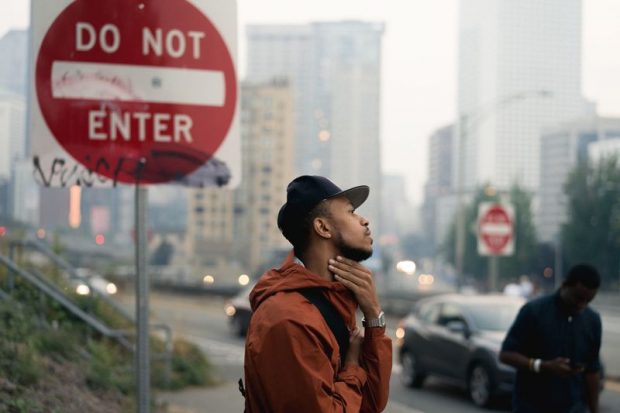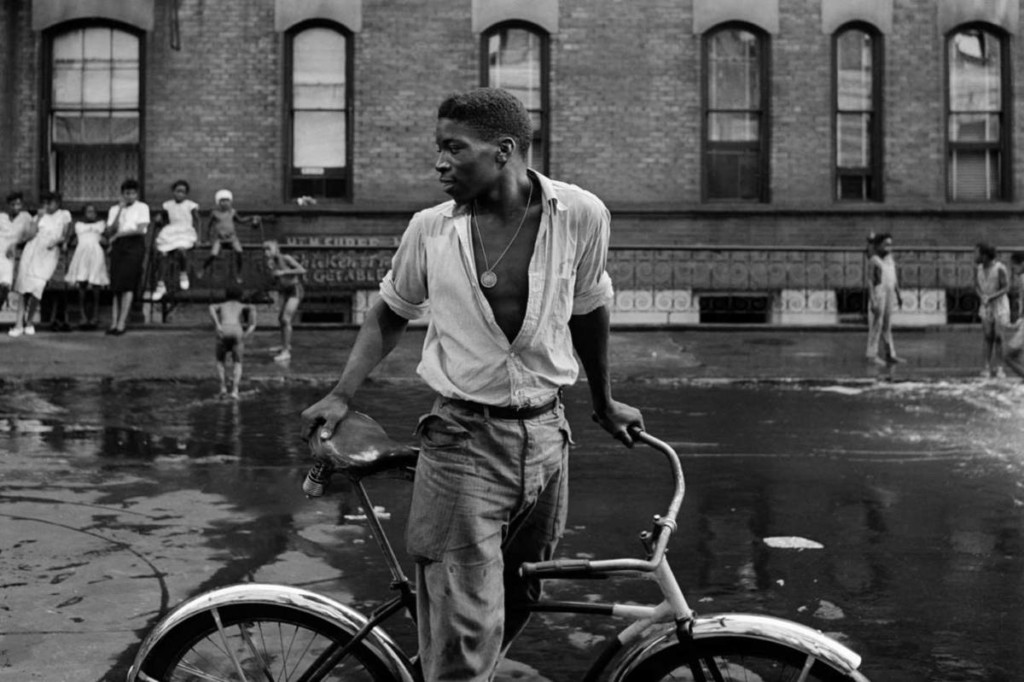What Does Framing Streets Mean?
What Does Framing Streets Mean?
Blog Article
Framing Streets - An Overview
Table of ContentsHow Framing Streets can Save You Time, Stress, and Money.The Best Strategy To Use For Framing StreetsFraming Streets Can Be Fun For AnyoneOur Framing Streets IdeasSome Known Details About Framing Streets Some Known Incorrect Statements About Framing Streets
Digital photography category "Crufts Canine Show 1968" by Tony Ray-Jones Road digital photography (likewise in some cases called candid photography) is photography conducted for art or inquiry that includes unmediated possibility encounters and arbitrary cases within public areas, normally with the objective of capturing images at a crucial or emotional minute by careful framework and timing. 
The Ultimate Guide To Framing Streets
Susan Sontag, 1977 Street digital photography can focus on individuals and their behavior in public. In this respect, the road photographer resembles social docudrama professional photographers or photographers that also work in public areas, yet with the objective of recording newsworthy events. Any one of these digital photographers' images may catch individuals and home noticeable within or from public areas, which frequently involves browsing moral concerns and laws of privacy, safety, and building.
Depictions of everyday public life form a style in virtually every duration of world art, beginning in the pre-historic, Sumerian, Egyptian and early Buddhist art durations. Art managing the life of the street, whether within views of cityscapes, or as the leading theme, appears in the West in the canon of the Northern Renaissance, Baroque, Rococo, of Romanticism, Realism, Impressionism and Post-Impressionism.
Some Known Facts About Framing Streets.
Louis Daguerre: "Blvd du Temple" (1838 or 1839) In 1838 or 1839 the initial photo of numbers in the street was recorded by Louis-Jacques-Mand Daguerre in one of a set of daguerreotype views taken from his studio home window of the Boulevard du Holy place in Paris. The second, made at the height of the day, reveals an unpopulated stretch of road, while the other was taken at regarding 8:00 am, and as Beaumont Newhall records, "The Boulevard, so frequently loaded with a relocating throng of pedestrians and carriages was completely singular, except an individual that was having his boots combed.
His boots and legs were well specified, but he is without body or head, since these were in movement." Charles Ngre, waterseller Charles Ngre. https://medium.com/@davidturley33101/about was the very first photographer to obtain the technical class called for to register people in motion on the road in Paris in 1851. Photographer John Thomson, a Scotsman dealing with journalist and social lobbyist Adolphe Smith, released Road Life in London in twelve monthly installments starting in February 1877
Some Ideas on Framing Streets You Need To Know
Eugene Atget is considered a progenitor, not because he was the very first of his kind, however as a result of the popularisation in the late 1920s of his record of Parisian streets by Berenice Abbott, who was inspired to carry out a similar documentation of New York City. [] As the city created, Atget aided to advertise Parisian streets as a deserving topic for digital photography.

Our Framing Streets Ideas
Martin is the first videotaped digital photographer to do so in London with a masked video camera. Mass-Observation was a social research study organisation established in 1937 which intended to record day-to-day life in Britain and to tape-record the reactions of the 'man-in-the-street' to King Edward VIII's abdication in 1936 to marry separation Wallis Simpson, and the sequence of George VI. The chief Mass-Observationists were anthropologist Tom Harrisson in Bolton and poet Charles Madge in London, and their very first record was created as guide "May the Twelfth: Mass-Observation Day-Surveys 1937 by over two hundred onlookers" [] Home window cleaner at Kottbusser Tor, Berlin, by Elsa Thiemann c. 1946 The post-war French Humanist College professional photographers found their subjects on the road or in the diner. Andre Kertesz.'s extensively go to my site admired Images la Sauvette (1952) (the English-language edition was entitled The Definitive Minute) advertised the idea of taking a photo at what he described the "definitive minute"; "when type and material, vision and composition merged into a transcendent whole" - vivian maier.
Framing Streets Things To Know Before You Buy
The recording maker was 'a covert camera', a 35 mm Contax hidden below his layer, that was 'strapped to the breast and connected to a lengthy wire strung down the appropriate sleeve'. Nevertheless, his work had little modern impact as as a result of Evans' level of sensitivities regarding the creativity of his project and the personal privacy of his subjects, it was not released until 1966, in the publication Many Are Called, with an intro written by James Agee in 1940.
Helen Levitt, then an educator of children, linked with Evans in 193839. She documented the transitory chalk illustrations - sony a7iv that were part of children's street society in New York at the time, in addition to the youngsters who made them. In July 1939, Mo, MA's new digital photography area included Levitt's work in its inaugural exhibitRobert Frank's 1958 publication,, was significant; raw and commonly out of emphasis, Frank's images questioned traditional digital photography of the moment, "challenged all the formal policies set by Henri Cartier-Bresson and Pedestrian Evans" and "contradicted the wholesome pictorialism and heartfelt photojournalism of American magazines like LIFE and Time".
Report this page